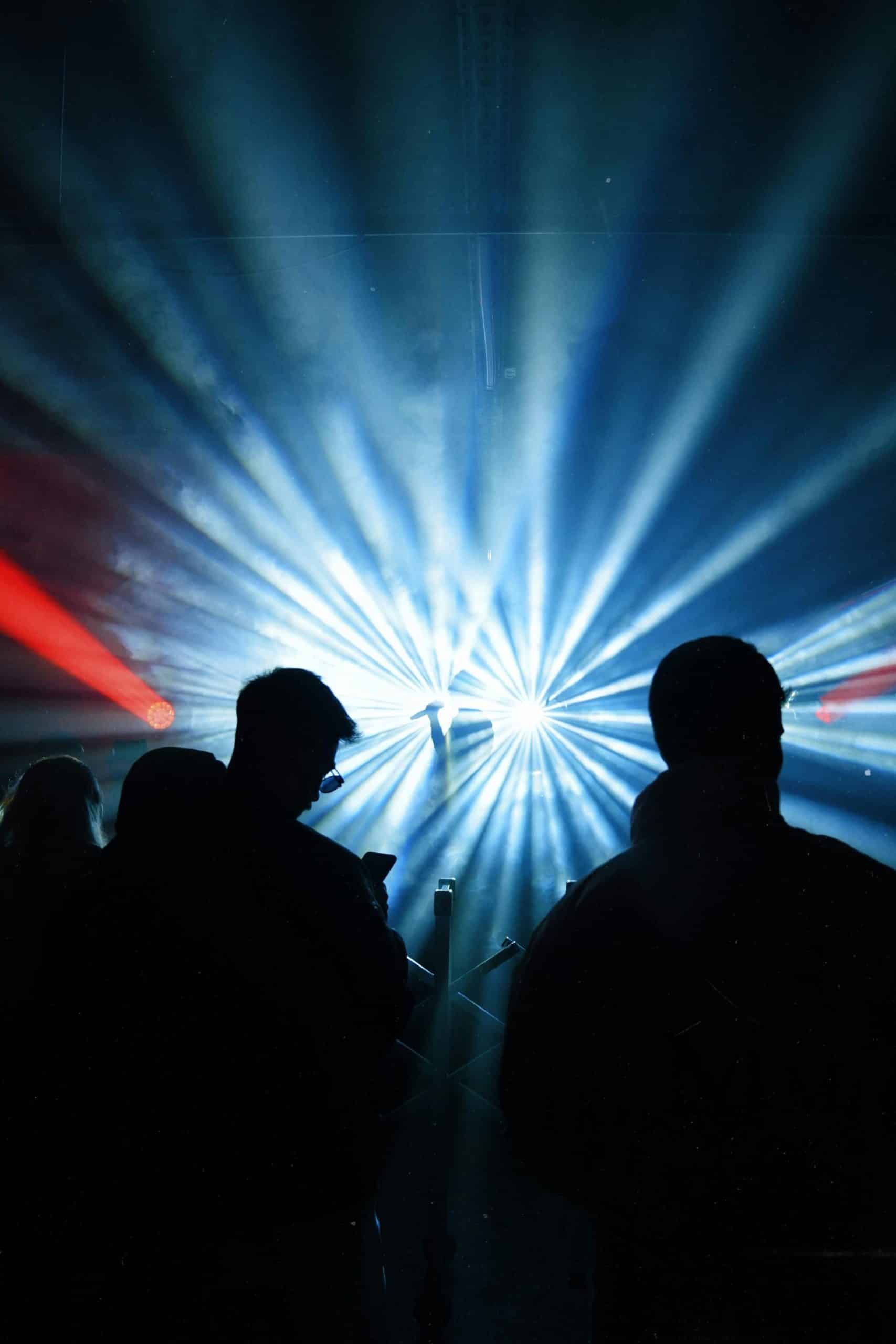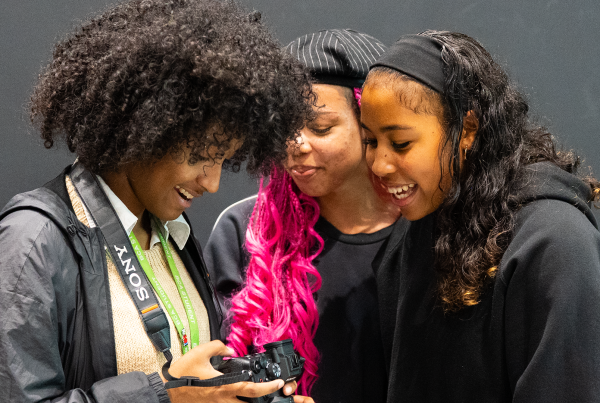
Concert lights go far beyond simply illuminating a stage; they are integral to the live performance experience. For musicians and performers, lighting setups have the power to set the tone, heighten emotions, and create a dynamic atmosphere that enhances the entire show. For event planners and technicians, understanding how to manage lighting systems is crucial in making sure every aspect of a live event runs smoothly. Whether you’re working on a small club gig or a large-scale festival, effective concert lighting can transform an ordinary performance into an unforgettable event.
In this blog, we’ll take a deep dive into the world of concert lighting. We’ll cover the different types of lights used in live events, the essential equipment required for stage lighting, and the key concepts behind lighting design. Whether you’re an aspiring event planner, technician, or venue manager, this guide will help you get started with understanding how to design and implement lighting systems that enhance every live performance and help in setting the mood. We’ll also explore how BCE’s Events Venue Technician T-Level course can provide you with the professional skills needed to excel in this field.
The Importance of Concert Lighting for Live Events
Concert lighting is one of the most important elements of any live music event, directly influencing the atmosphere and mood of the event. The right concert lights can make a dramatic difference, setting the stage for everything from the excitement of an upbeat pop concert to the haunting mood of a dark theatre production.
Lighting serves several functions in a live event:
- Creating Mood and Atmosphere: Lighting can change the energy of a space, providing the right backdrop for the music and performance. For example, soft, warm lighting might create an intimate, acoustic vibe, while dynamic, flashing lights can energise the crowd during a high-energy rock show.
- Enhancing the Visual Appeal: Lighting is an artistic medium in itself. When used creatively, it can highlight different parts of the performance, emphasise the performers’ movements, and interact with other visual elements like projections or stage effects.
- Audience Engagement: Good lighting engages the audience’s emotions and helps them connect with the music. Whether through syncopated lighting effects that mirror the beats of a song or more subtle lighting shifts that match the mood of the music, lighting is a powerful tool in guiding the audience’s experience.
- Safety and Visibility: Proper lighting also ensures that the performers and the audience are visible in a safe and controlled way. For example, ensuring that the performers are lit well enough for the audience to see their expressions or movements, while the audience remains lit at a comfortable level for safety.
In essence, concert lights are not just about visibility; they are about creating a memorable, immersive experience for both the audience and the performers.
What Types of Lights Do Concerts Use?
There are many different types of lights used in concerts, each designed to fulfil a specific purpose within the overall lighting design. Let’s look at some of the most common types:
1. Spotlights
Spotlights are the most traditional form of stage lighting, often used to highlight a specific performer or area on stage. They produce a focused beam of light that can draw attention and be adjusted to follow a performer or accentuate a particular moment in the performance.
2. LED Lights
LED lights are becoming increasingly popular in concert lighting due to their energy efficiency and versatility. LED lights can produce a wide range of colours and are often used for washes (large, evenly distributed lighting across the stage), backlighting, or side-lighting to give depth to a performance.
3. Moving Heads
Moving head lights are an essential part of modern concert lighting systems. These lights can move and tilt in multiple directions, allowing for more dynamic and engaging lighting effects. Moving heads are typically used for effects like sweeping beams, rotating lights, or coloured gobo patterns that create dynamic textures on the stage.
4. Floodlights
Floodlights are used to provide broad, intense illumination over a large area of the stage. Unlike spotlights, which are concentrated, floodlights cast a wide light, often used for washing the stage with a specific colour or illuminating the entire backdrop or set.
5. Strobe Lights
Strobe lights are used to create high-energy, fast-paced effects. The intense flashes of light they produce can sync with the music’s rhythm, amplifying the excitement and intensity of the performance.
6. PAR Can Lights
PAR (Parabolic Aluminised Reflector) can lights are simple but highly effective fixtures that are commonly used in concerts for both washes and spotlights. They offer a powerful light source and are often used for lighting large areas of the stage or the audience.
Each type of light plays an important role in achieving a well-rounded lighting design that enhances the audience’s experience while supporting the performance itself.
How to Set Up a Stage Lighting System
Setting up a stage lighting system involves much more than just plugging in a few lights. It requires careful planning, the right equipment, and attention to safety. Here’s a step-by-step guide to setting up a basic lighting system for a concert:
1. Choose the Right Lighting Equipment
Start by selecting the appropriate lighting fixtures for your event. Consider the size of the venue, the type of performance, and the mood you want to create. For smaller venues, a few LED lights and PAR cans may suffice, while larger venues might require moving heads, spotlights, and floodlights. Choosing the right lights can have a massive effect on the vibe, consider whether you are after ambient lighting, theatre lighting, accent lighting, etc. By selecting the appropriate lighting it will enhance the overall experience.
2. Position the Lights
Once you have your equipment, position the lights around the stage. The placement of each light will depend on the effect you want to achieve. For instance, spotlights light specific areas and should be placed above or in front of the performers, while wash lights are usually positioned further back to cover the entire stage.
3. Mount the Lights
Most concert lights need to be mounted on a rig or truss system. Ensure the rigging is secure and capable of handling the weight of the lights, and follow safety guidelines to avoid accidents during setup or the show.
4. Connect the Lights to the Control System
Concert lighting systems are typically controlled through a lighting control board that adjusts the intensity, colour, and movement of the lights. All lights must be connected to the control system using appropriate cables. For complex setups, a DMX (Digital Multiplex) system is often used to control multiple lights from one central console.
5. Test the System
Before the show starts, conduct a thorough test of the lighting system to ensure all lights are functioning properly and responding to the control system. Check the wiring, adjust light angles, and test different effects.
6. Monitor During the Event
Once the performance begins, the lighting operator should be constantly adjusting the lights to ensure they are in sync with the music and performance. This involves real-time changes to lighting intensity, colour, and movement to create the desired effect.
Safety is critical when working with concert lighting. Always make sure that all equipment is rigged correctly, cables are safely secured, and that you follow all local regulations regarding electrical systems and fire safety.

How Do Concert Lights Work?
Concert lights function through a combination of hardware, software, and control systems. The key component is the lighting control board, which allows operators to programme and adjust the intensity, colour, and gives precise control over each light’s movement.
DMX Protocols
One of the most important elements of concert lighting is the DMX protocol. DMX (Digital Multiplex) is the standard used to communicate between lighting fixtures and the control board. It allows for real-time control of a vast array of lights, enabling operators to synchronise light changes with music, effects, and other aspects of the performance.
Lighting Control Boards
Control boards range from simple to highly sophisticated systems that allow the operator to manipulate each light individually or in groups. More advanced systems allow for intricate programming, enabling lighting operators to cue specific lighting changes throughout the show.
Essential Concert Lighting Equipment and Systems
To create a professional lighting experience, the right equipment is essential. Here are some of the basic components you’ll need for any concert lighting system:
- Lighting Fixtures: These include all the different types of lights—spotlights, moving heads, LED lights, etc.
- Control Systems: A central control board (or DMX controller) that lets the operator manage the lights during the performance.
- Rigs and Mounts: Equipment for safely securing and positioning the lights, such as trusses and rigging hardware.
- Power Supplies: Reliable power sources to ensure your lights stay on throughout the performance.
- Cables and Connectors: High-quality cables to connect lights to the control system and ensure reliable communication.
Concert Lighting Systems for All Venues
Concert lighting systems come in all shapes and sizes, from small setups used in intimate venues to large-scale systems built for stadiums and festivals. Understanding the scale and specific requirements of the venue will help you choose the right system for the event.
Lighting Design: Creating the Perfect Atmosphere
Lighting design is both a technical and artistic process. A good lighting designer uses the tools available—colours, intensity, movement, and timing—to complement the music and enhance the emotions of the performance. Whether you’re using soft washes of light or striking flashes of colour, the lighting should always serve the music and vision of the performance.
The design process often begins with a conversation between the lighting designer and the artist or event planner, focusing on the mood, themes, and technical requirements of the show. The designer then creates a lighting plan that syncs with the music, movements, and desired atmosphere.
How BCE’s Course Prepares You for Concert Lighting
BCE’s Events Venue Technician T-Level course is designed to give you the practical knowledge and technical skills required to manage concert lighting systems and other essential elements of live events. Through hands-on training, you’ll gain experience working with industry-standard lighting equipment, learning how to plan, set up, and manage the lighting for any performance.




